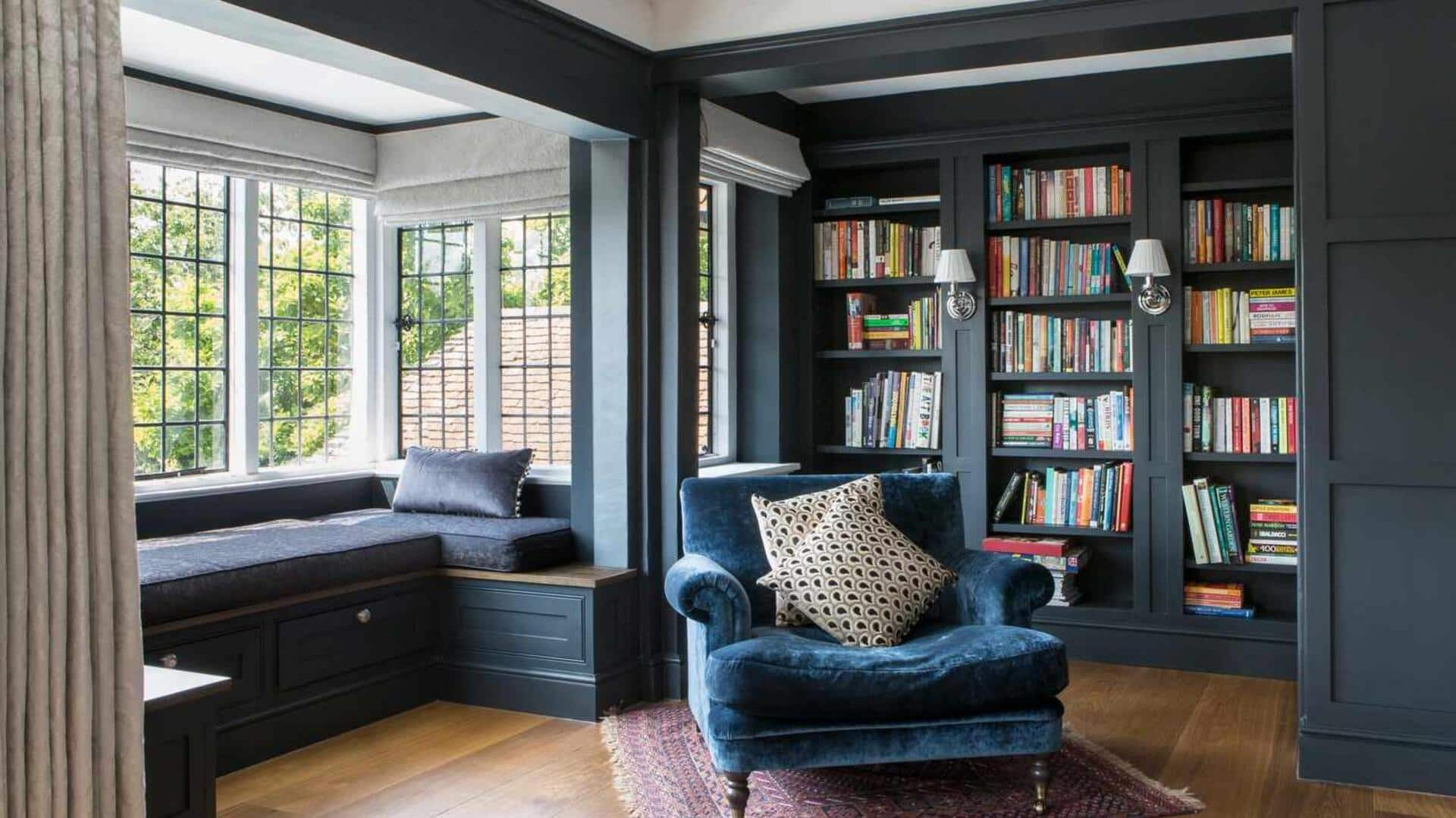Lifespan Expectations
LED light bulbs are frequently touted for their extended lifespans, but it's essential to recognize that these ratings represent averages. These figures
offer a general idea of how long a bulb *should* last under ideal conditions, not a guarantee. Several external elements can dramatically affect the actual lifespan you experience. Environmental conditions, power quality, and compatibility with existing electrical systems all have a part to play. It's crucial to understand these factors to effectively manage your expectations and maximize your bulbs' operational life. Ultimately, achieving the lifespan stated on the packaging involves thoughtful consideration of the surrounding conditions.
Overheating and Failure
One of the leading causes of LED bulb failures is overheating. LED drivers, which convert incoming power into the correct voltage and current for the LEDs, are especially vulnerable. When these drivers overheat, they can prematurely fail, causing the bulb to stop working. This overheating can be triggered by a variety of reasons, including inadequate ventilation within the fixture or a substandard driver design. Ensuring the fixture has sufficient air circulation and choosing quality LED bulbs are key steps to prevent driver overheating and prolong the bulb's life. Furthermore, high ambient temperatures in the surrounding environment can contribute to this issue, therefore, placement of the bulb is also important.
Electrical Power Quality
The quality of the electrical power flowing through your home significantly influences LED bulb longevity. Unstable or 'dirty' power – marked by voltage fluctuations or surges – can place excessive stress on the internal components of an LED bulb. This stress can degrade the drivers and LEDs, leading to reduced lifespan or outright failure. Power quality is something many homeowners don't often consider. It’s the silent factor that contributes to the gradual degradation of your LED bulbs. Installing a surge protector or a power conditioner can help protect your bulbs from these fluctuations and extend their operational life by stabilizing the power supply. Addressing these power quality issues can be a proactive measure to safeguard your investment in LED lighting.
Wiring and Installation
Faulty sockets or poor installation practices can also contribute to premature LED bulb failure. Old or worn-out sockets may not provide a secure connection, leading to intermittent power supply to the bulb. This instability can cause flickering, reduce brightness, and, ultimately, cause the bulb to fail more quickly. Improper installation, such as incorrect wiring or inadequate contact, can exacerbate these issues. When changing bulbs, ensuring the socket is in good condition and the installation adheres to safety standards is essential. It ensures the bulb receives a stable and reliable power supply, thus maximizing its lifespan. Always consult a qualified electrician if you are unsure about your home's wiring.
Humidity Concerns
High humidity levels in your home can accelerate the deterioration of LED bulbs. Moisture can infiltrate the bulb's components, causing corrosion and compromising electrical connections. This is especially true in bathrooms, kitchens, and other areas prone to moisture. The ingress of moisture can result in short circuits, reduced light output, or complete bulb failure. Proper ventilation is key, particularly in humid areas. Reduce the effects of moisture on your LED bulbs by ensuring proper ventilation in your home to remove excess moisture and prevent these issues from shortening the lifespan of your LED lights. Consider using LED bulbs specifically designed for damp or wet locations if humidity is a persistent problem.
Dimmer Compatibility Issues
The compatibility of LED bulbs with existing dimmers in your home is an important factor. Many older dimmers are not designed for the low power draw of LED bulbs. This mismatch can lead to flickering, buzzing, and premature failure. Using an incompatible dimmer can cause the bulb's internal components to fail more rapidly. When using dimmable LED bulbs, it's important to ensure they are compatible with your existing dimmer switches. Replacing older dimmers with models specifically designed for LED lighting can often resolve these compatibility issues. Choosing the right dimmers can significantly improve the performance and longevity of your LED bulbs, eliminating annoying flickering and extending their functional lifespan.
Quality Control Problems
Sometimes, the underlying cause of an LED bulb failure is simply quality control. Manufacturing defects and inconsistent component quality can result in bulbs that fail much sooner than expected. Inferior drivers, poorly soldered connections, or other manufacturing flaws can all lead to reduced lifespan. While most reputable brands perform rigorous quality checks, occasional manufacturing issues can arise. Purchasing LED bulbs from trusted brands and verifying warranty information can reduce the likelihood of experiencing quality-related failures. If you encounter a pattern of premature failure, investigate the brand or retailer from which you purchased the bulbs and consider seeking a replacement under warranty.











